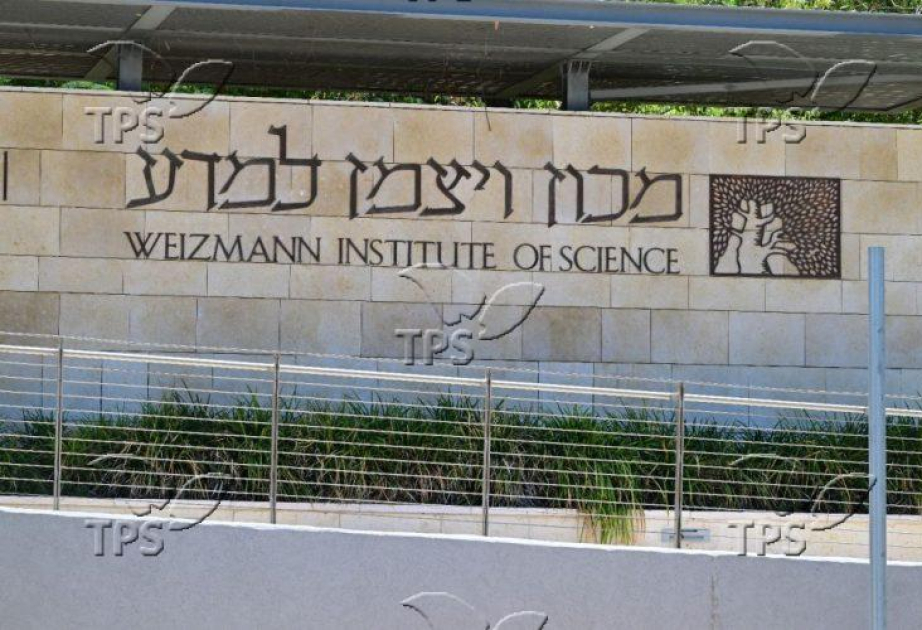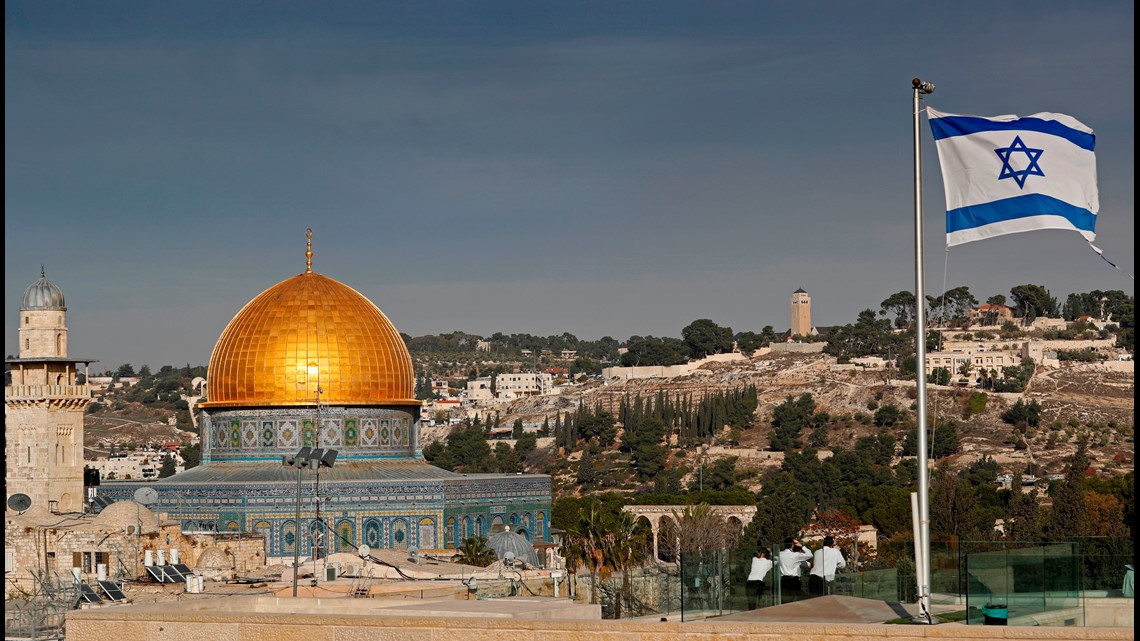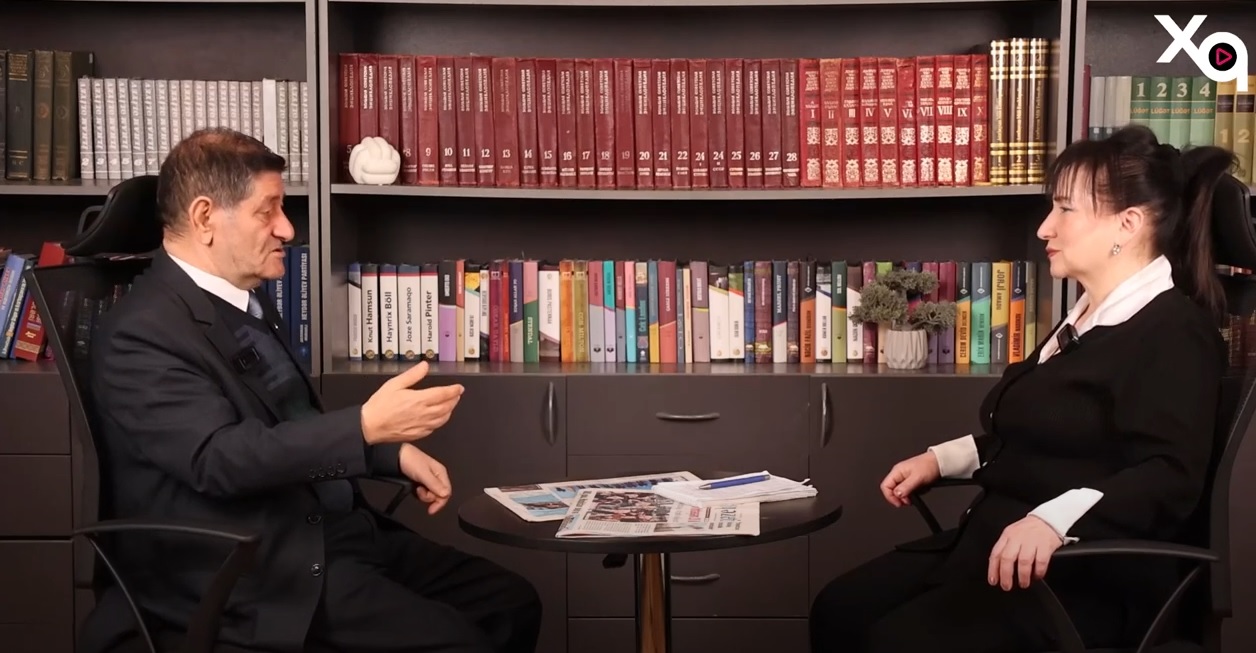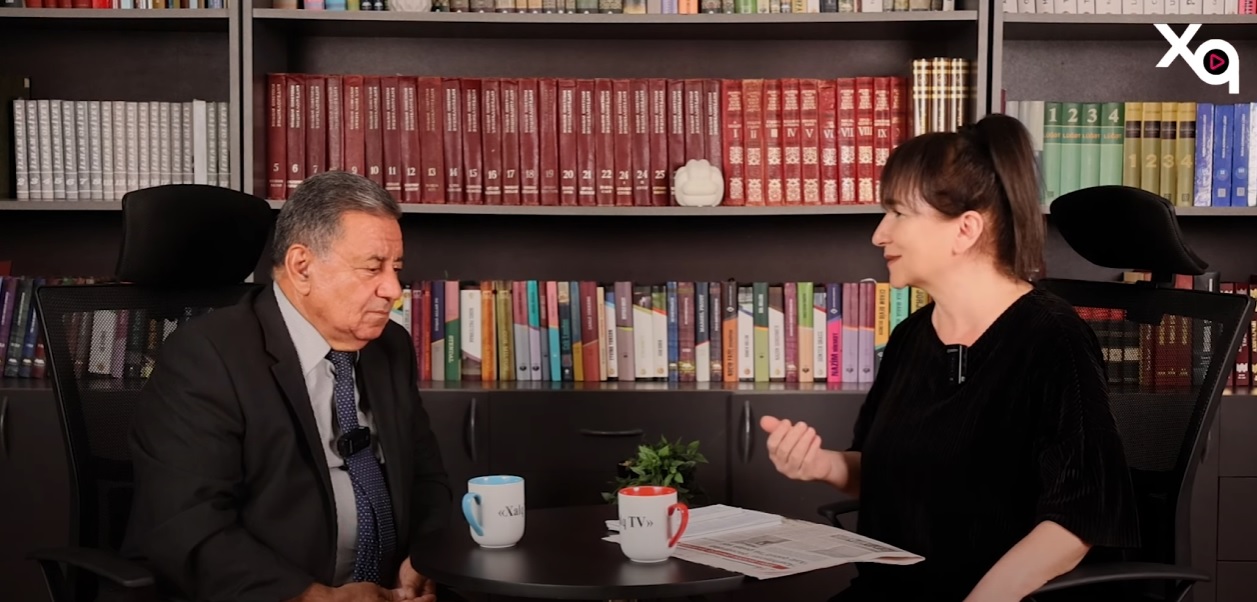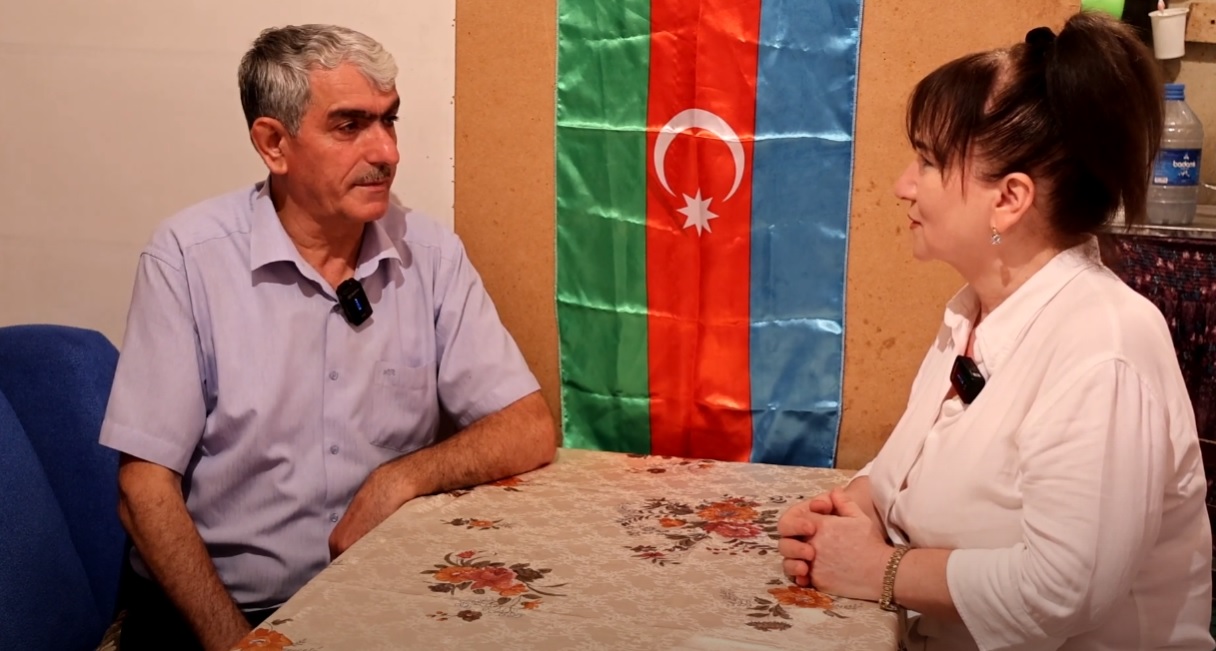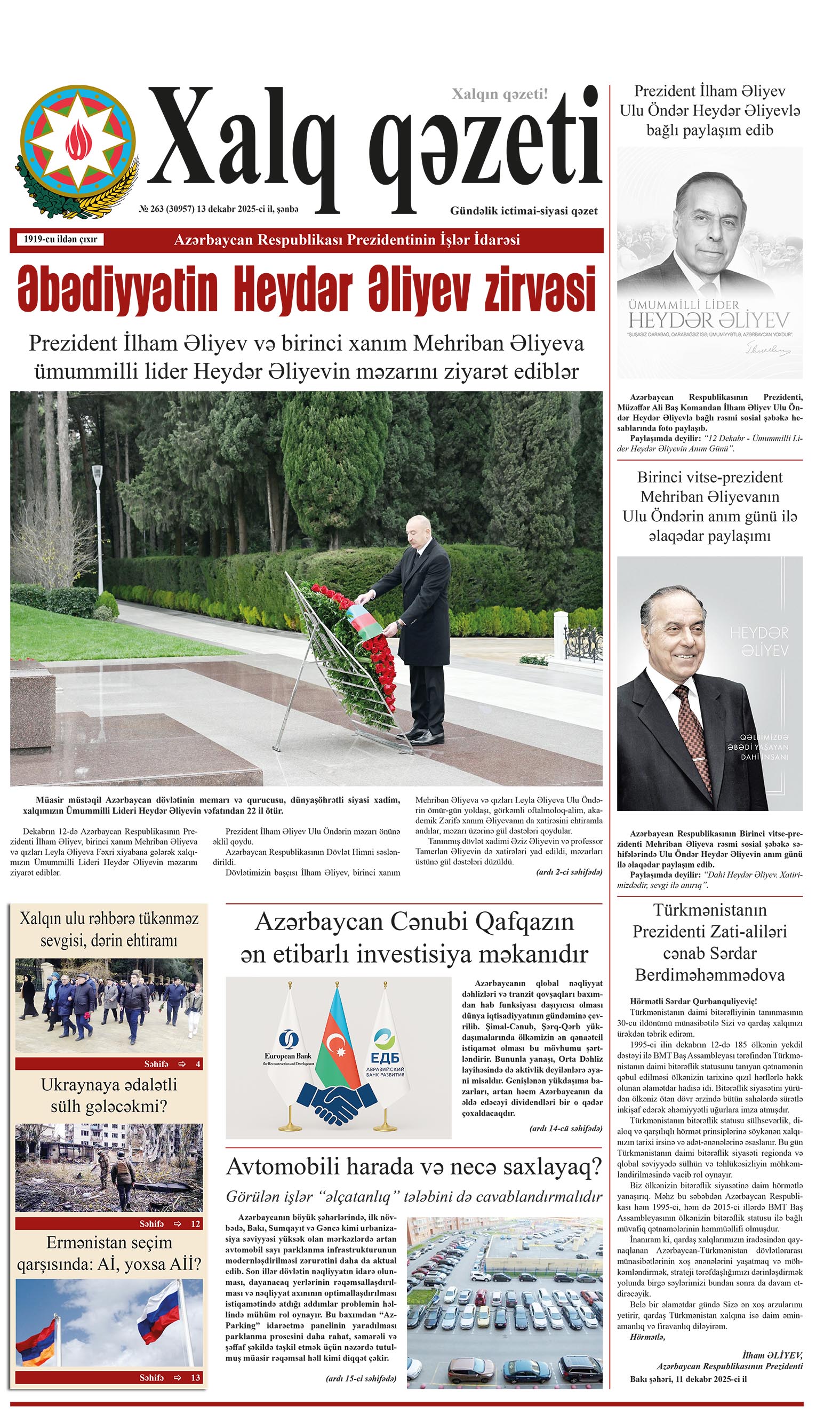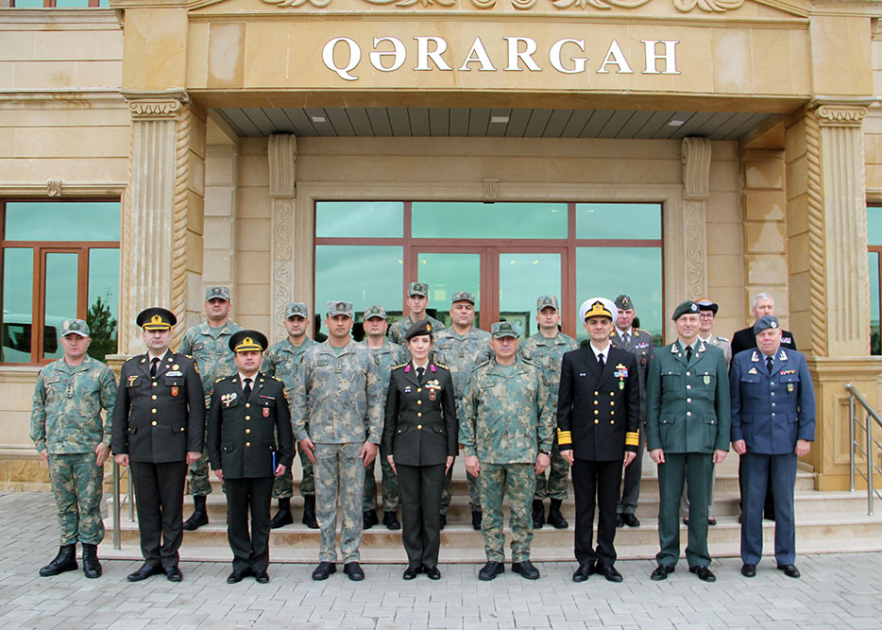ByJERUSALEM POST STAFF
Turkish archaeologists found a 35 sqm mosaic in Diyarbakır with a Star of David, cross motif, six lines of Ancient Greek text, and geometric patterns during a grave excavation in Ergani district
During a burial in a local cemetery in Diyarbakır, Turkey, an unexpected revelation occurred. A construction machine unearthed a 35-square-meter mosaic dating back to the Late Roman-Early Byzantine period. Despite partial damage, about 70% of the intricate mosaic is intact.
A rescue excavation involving archaeologists, art historians, restorers, and workers took three weeks. "We want to leave this area as a heritage to future generations. This is a large ancient city, and we think that with more comprehensive scientific excavations in the future, new mosaics can be reached," said Müjdat Gizligöl, the Deputy Director of Diyarbakır Museum. However, the site's use as a village cemetery has complicated further work. Gizligöl noted new cemetery areas will need allocation to prevent burials over archaeological sites.
The most striking feature of the mosaic is its incorporation of a Star of David with a cross motif and six lines of text written in Ancient Greek. Although many inscriptions are damaged, they offer insights into the mosaic's historical context. Gizligöl explained that details of the inscriptions will be shared following a complete analysis.
The discovery belonged to a Roman village by a stream, presumably villas, to which this mosaic likely belonged. "Even though it does not flow today, there was a Roman village around the stream at that time, probably villas. The mosaics we mentioned belong to one of these structures," Gizligöl remarked. This discovery challenges the belief that Roman influence did not extend far beyond the Euphrates River.


.jpg)




